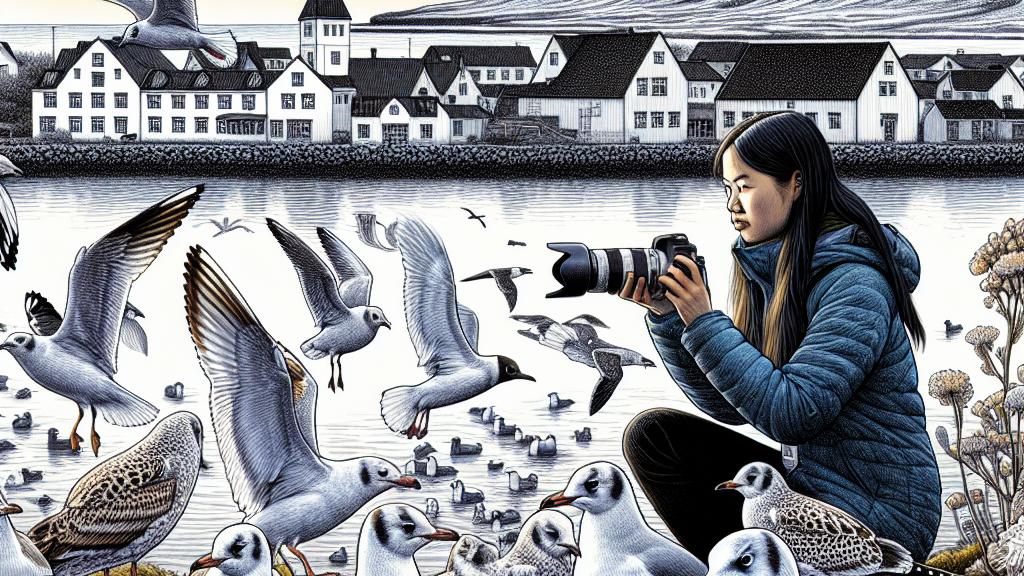Learning About How Gulls Help Prevent Bird Flu
Overview
- Gulls are critical allies in tracking avian influenza spread.
- Iceland's unique ecosystem is a prime location for studies.
- Understanding gull behavior can prevent future pandemics.

Gulls: Nature’s Vital Health Monitors
In the stunning vistas of Iceland, ornithologist Sölvi Rúnar Vignisson meticulously observes the captivating lives of gulls, especially in the picturesque village of Sandgerði. This location is more than just scenic—it's a bustling hub where various gull species come together. Take the lesser black-backed gull, a remarkable bird that breeds in Iceland during the warm summer months and then embarks on an incredible migration to Europe or West Africa when winter beckons. Contrast that with the Iceland gull, which bravely travels from the icy realms of Greenland and Canada, returning to its Icelandic winter home. The interplay between these local birds and their migratory counterparts creates a unique environment where viruses like avian influenza can thrive and evolve. By scrutinizing these dynamics, researchers can uncover essential insights into the virus’s spread and are reminded of the significant role gulls play in maintaining wildlife health.
Iceland: An Ecological Research Gem
What makes Iceland such a treasure trove for bird flu research? Its geographical uniqueness provides an unparalleled opportunity to study migratory patterns and disease transmission. Picture yourself standing on a volcanic peninsula, surrounded by breathtaking landscapes, all while witnessing the elegant flight of gulls overhead. Each bird might carry critical information about how avian influenza travels between Europe and North America! This strategic location enables scientists like Vignisson to delve deep into the interactions between avian species, providing invaluable data that could prevent endemic outbreaks. Through diligent sampling and monitoring, researchers aim to unravel the complexities of how avian influenza spreads, reinforcing Iceland's importance as a frontline in global health.
Crucial Research with Global Implications
The urgency of avian influenza research cannot be overstated—our health may depend on it! While the CDC indicates a low public health risk from bird flu, sporadic cases among poultry and dairy workers serve as a potent reminder that we must remain vigilant. The interconnectedness of our ecosystems means that the health of birds directly impacts human populations. By carefully monitoring gull behavior and the strains of avian influenza circulating within them, scientists position themselves as guardians against potential pandemics. Each observation, each sample, is a piece of a larger puzzle that, if solved, can help illuminate pathways to better public health outcomes. The delicate balance of nature is reflected in these efforts, making our understanding of gulls and their role paramount in the fight against infectious diseases.

Loading...